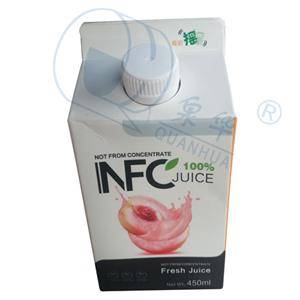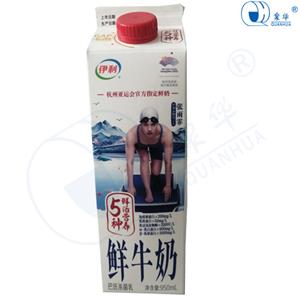Traditional and modern intertwined, vulgar and elegant cross packaging materials - sacks
Jute, flax and cannabis are the basic raw materials for sacks. They are mainly produced in high-temperature and humid South Asia, especially India and Pakistan, which account for 70 % of the world 's total production. Recently, Brazil has also begun to cultivate hemp in large quantities. Due to the particularity of hemp, it has entered the packaging material industry for decades. In China, sacks are generally used to pack rice and beans, sugar, cotton. Cannabis was first used as a packaging material in the mid-18th century. At that time, flax and cannabis produced in India entered the UK, and succeeded as a fiber in the UK in 1832, thus developing hemp textiles. In 1861-1865, during the American Civil War, hemp became a kind of war supplies because of the use of sacks of mud, so hemp also became an important industry. In 1854, the world 's first official processing of hemp material factory was born in India. At the end of the Second World War, India accounted for 90 % of the world 's hemp production.
The advantage of the sack is its size, which can be made according to the actual needs. Compared with other materials, sack is very light, so it is also very suitable as a packaging material, and can be woven according to different needs in a coarser form or a finer style. Sacks can be reused after use, and can also be used again after damage. Therefore, this packaging material is very popular. In China, sacks are used to pack more advanced goods. Nowadays, with the consideration of the cost and diversification of packaging products, the packaging of grain and sugar is more replaced by chemical fibers, but from the commodity itself, the material of hemp is still quite good.
Get the latest price? We'll respond as soon as possible(within 12 hours)




